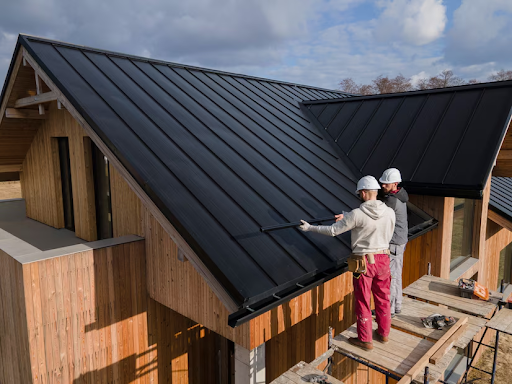Top 4 Exterior Materials for Commercial Buildings Renovation
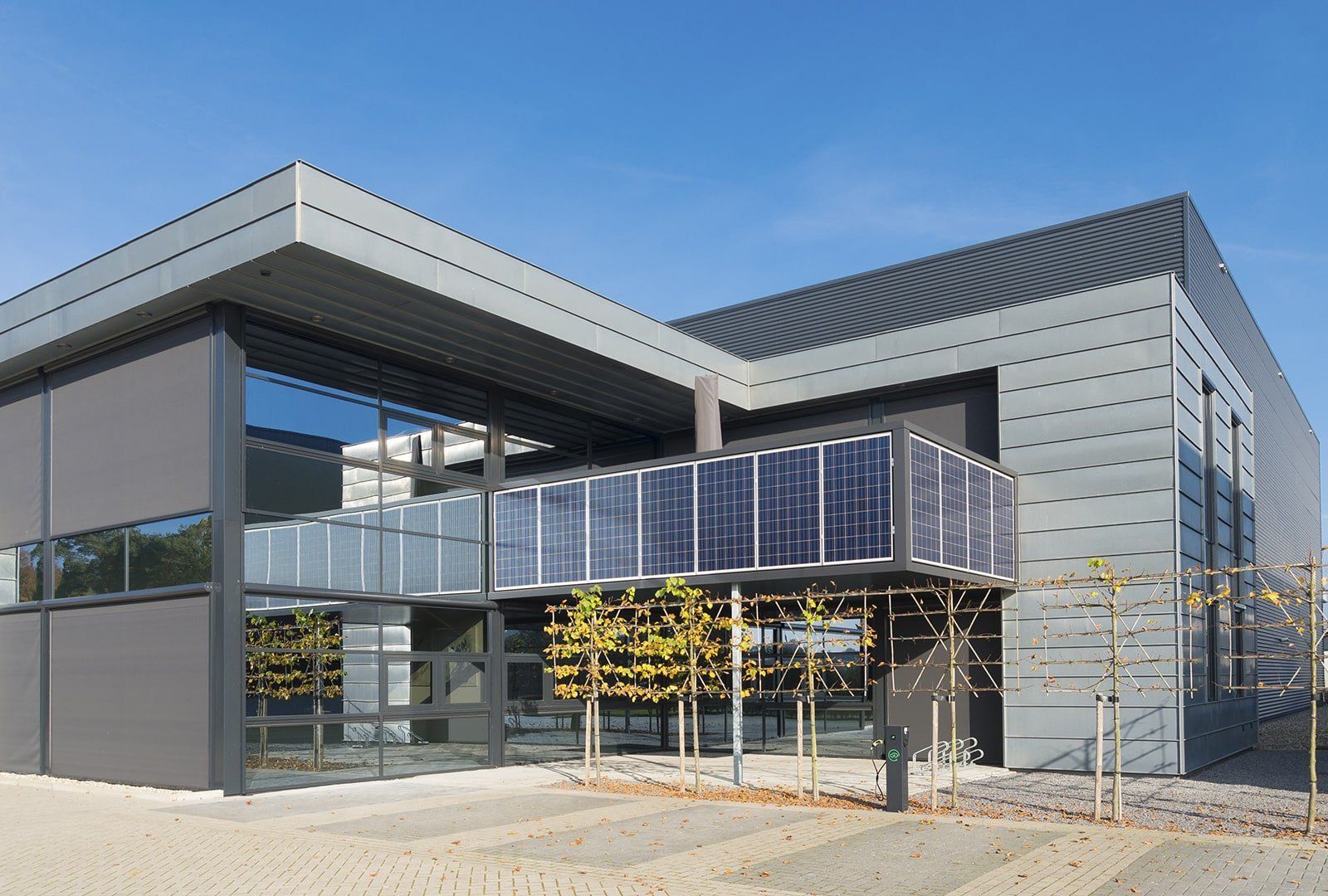
If you plan to build a commercial structure, it is imperative that you have appropriate resources. Because you may lack experience in the construction sector, you must get as much information on the product lines of the various manufacturers and contractors as possible.
This blog will look at commercial building exterior materials and discuss their relative strengths and weaknesses in detail.
Stucco
The stucco exterior results in an airtight and noise-proof interior. It's also more energy-efficient since your heating and cooling systems run more efficiently. If installed and maintained correctly, a stucco façade will fare much better than other construction materials. Consequently, stucco is an excellent building material for your homes and businesses. Routine stucco maintenance is recommended every five years. However, caulking and sealing can last for 10-12 years. Stucco may be placed in a range of textures and colors and on a variety of existing exteriors, such as wood or steel. Most significantly, stucco homes offer a lot of curb appeal. Because of its adaptability, stucco may be used to create a visually appealing home exterior that will last for years. Furthermore, the skill that goes into high-quality stucco draws enthusiasts from all around the world.
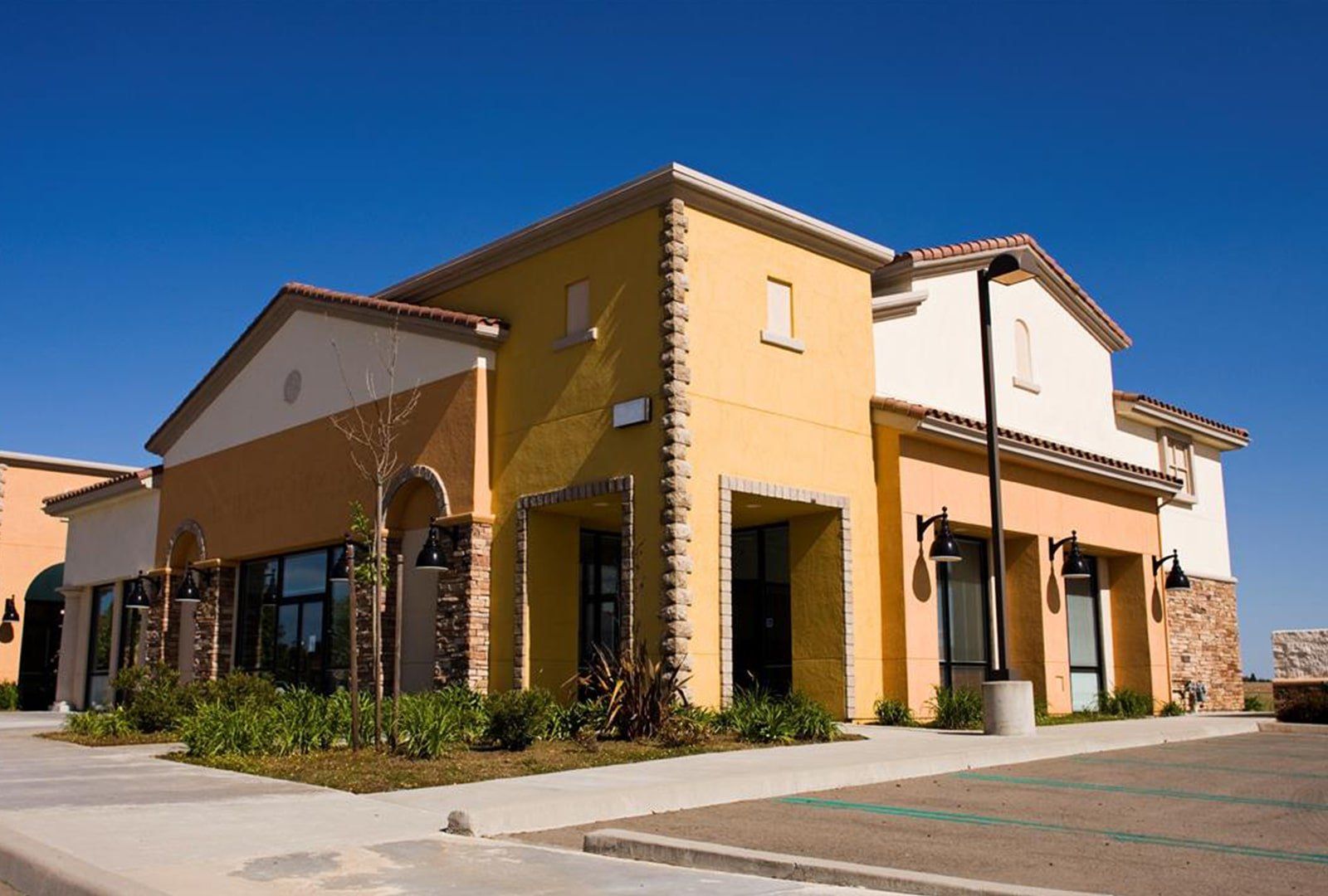
Steel
Steel buildings are practical, relatively simple to erect, and cost-effective. They are manufactured to order, providing the property owner complete control over the specifications for their building. Steel is preferred by certain company owners above other materials for a variety of reasons. One of the most significant advantages is structural—steel structures are adaptable and can be utilized for a wide range of projects, from small shops to big warehouses. Steel buildings can also be more durable than other kinds of materials. They require fewer supports and perform better in extreme weather situations because they are steel. Furthermore, because they are produced in a factory and brought to the construction site completely, prefabricated structures assist save time throughout the construction process.
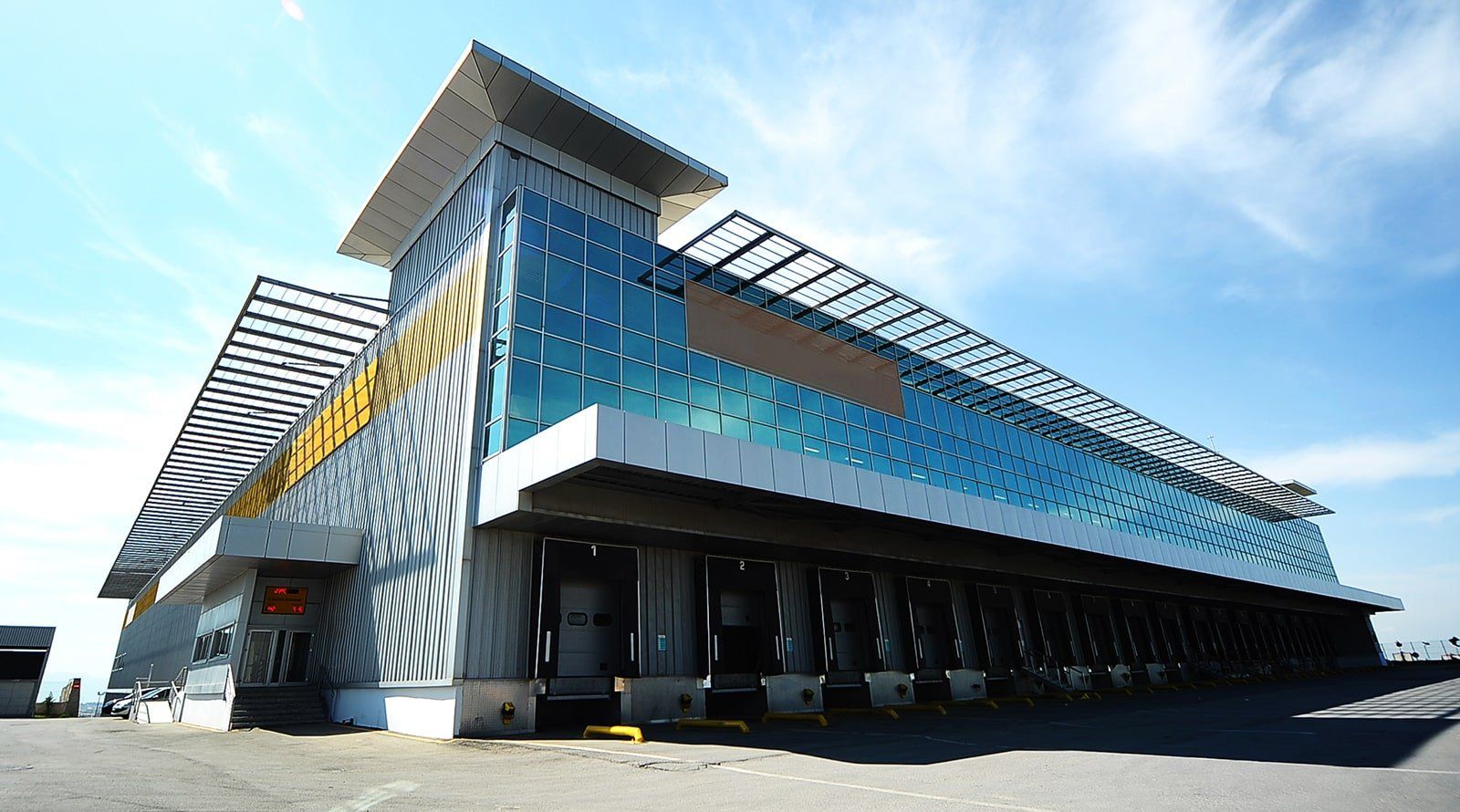
Wood
Wood is a popular material for constructing residential and commercial structures, particularly in rural or beachside areas. It offers several advantages, including aesthetic appeal and a wide range of design alternatives. However, keeping up with the maintenance requirements necessitates a significant amount of care. Furthermore, the growing concern for sustainable development has influenced how we build our way into reformations. Sustainability has become an increasingly important factor to consider when it comes to siding. In this regard, hardwood cedars are some of the most responsible and long-lasting woods available today.
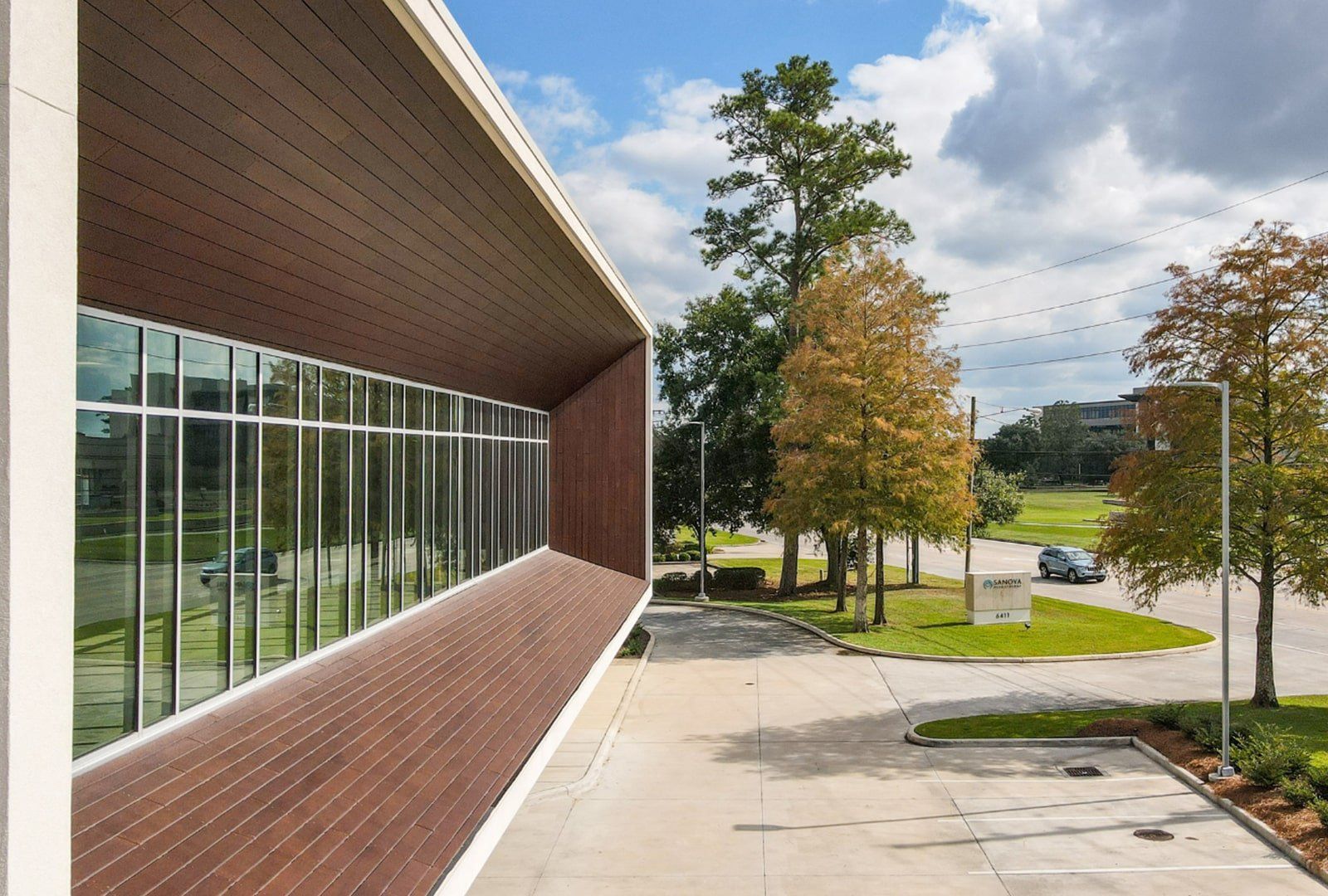
Fiber Cement/Concrete
Fiber cement siding is an excellent versatile alternative for commercial buildings or homeowners searching for a visually appealing, long-lasting way to cover their structure. Fiber cement is more resistant to fire and moisture than other materials such as wood or vinyl. Fiber cement is a low-cost, long-lasting construction material that is available in a number of shapes and colors to fit any structure's design or function. Fiber cement has several advantages: resistance to moisture, fire, and insects; long-lasting rot resistance; a long lifespan; and aged wood-look finishes that integrate into most outdoor situations.
Working with a commercial contractor that understands the possibilities and can answer your questions about each siding type is the best method to achieve results when determining what type of outside siding to install on your building. By the conclusion of this article, we hope to have addressed all of your questions to make an informed decision about your commercial construction building. Collaborating with a trustworthy construction company may make a huge substantial difference.
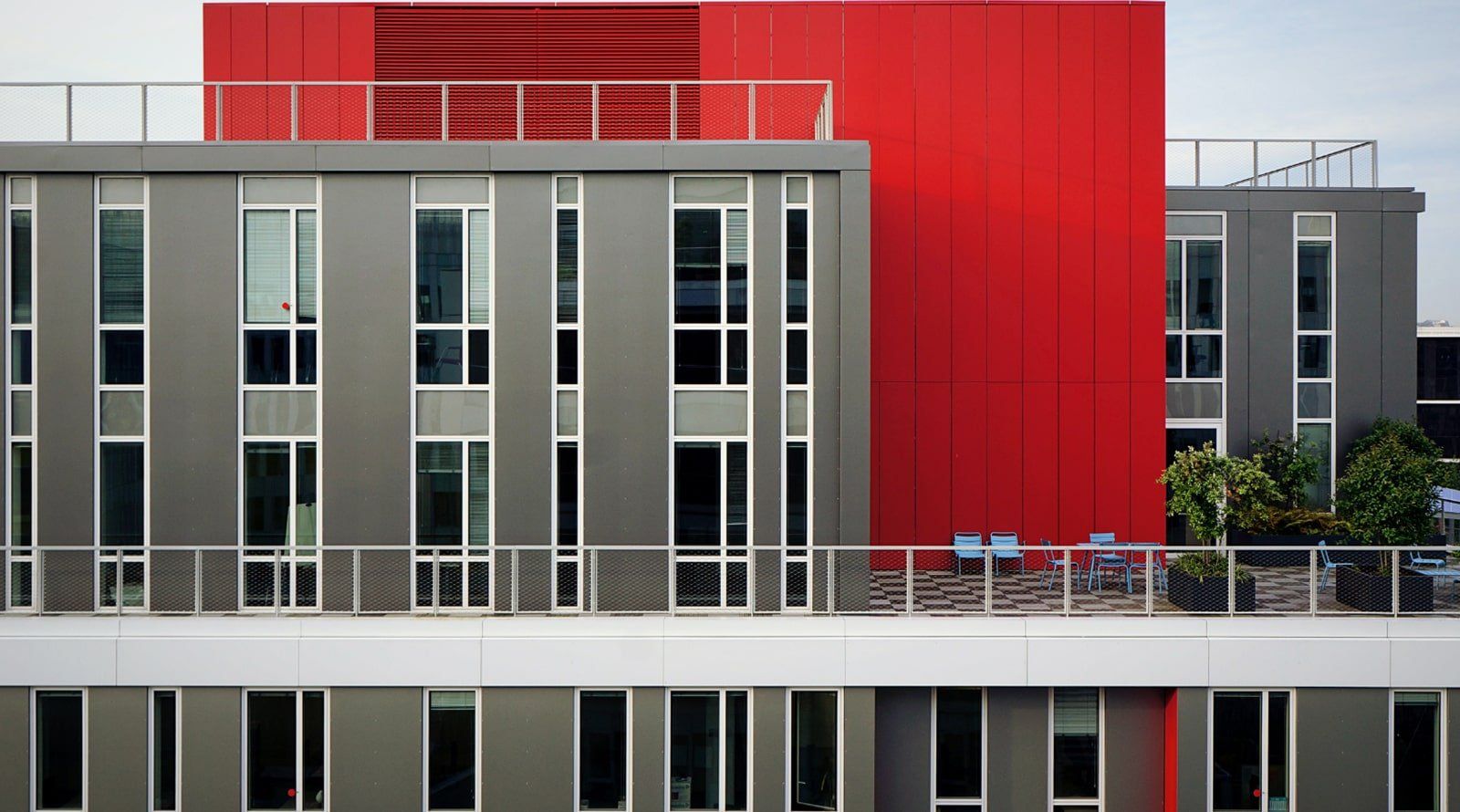
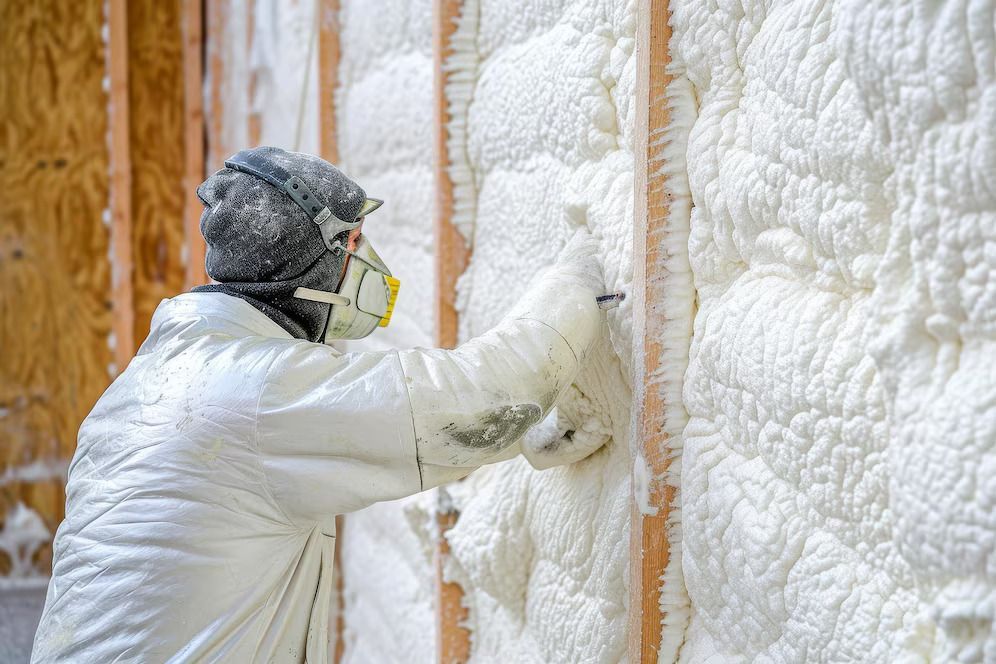
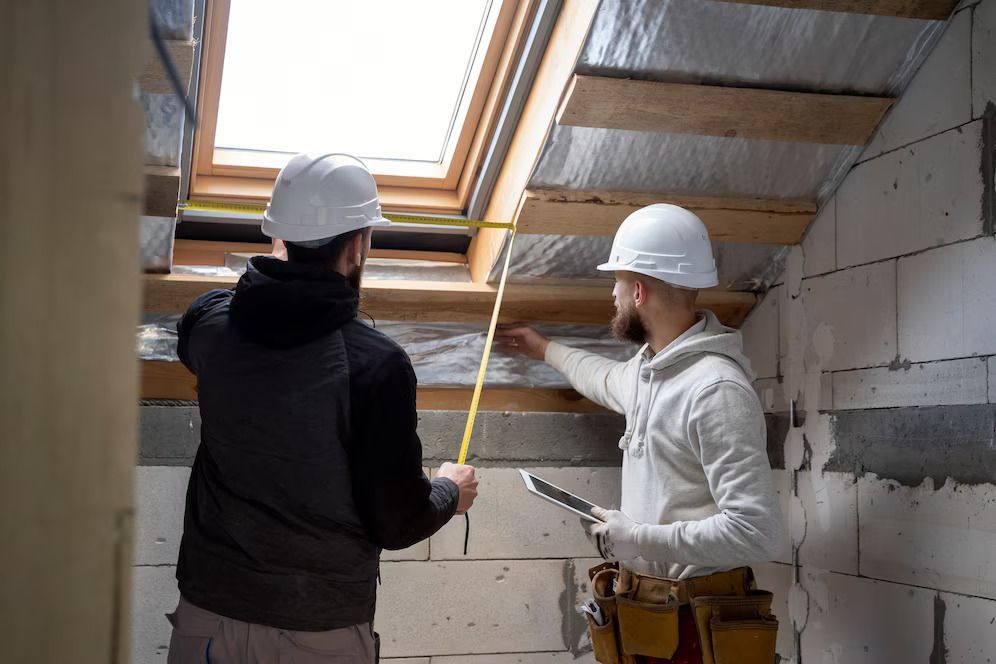
We Offer All the Services You Need in One Place! We Will Save You Time and Money!
Call Us at (425) 350-9283 Now to Get a Free Estimate or a Free Consultation for Any of Our Services!
Quick Links
Important Links
Join Our Mailing List
We will get back to you as soon as possible.
Please try again later.
Contact Information
1010 Southeast Everett Mall Way, Suite 100, Everett, WA 98208
Business Hours
Monday to Friday: 8:00am to 5:00pm
A multi-trade turnkey subcontractor, delivering projects of purpose. We create a legacy, that generates jobs, grows economies, and transforms communities.
All Rights Reserved | United Seattle

